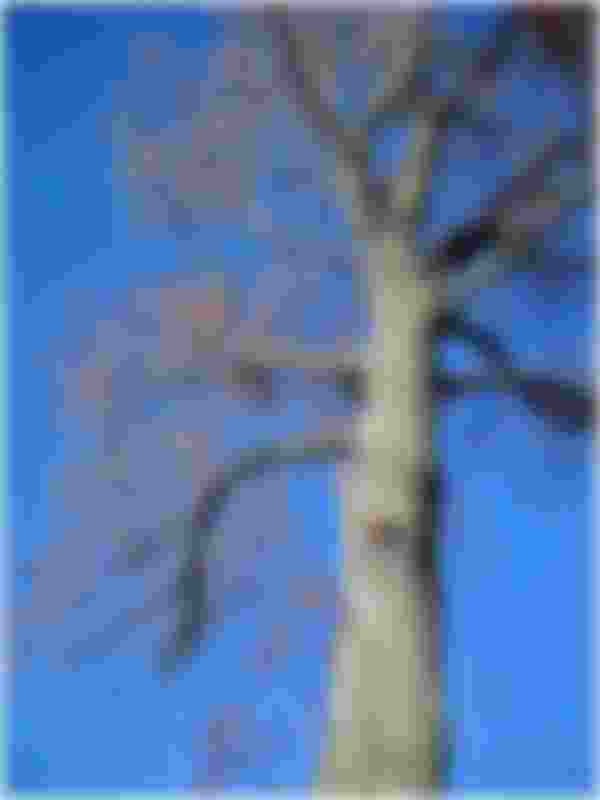Plants
For a listing of all plant species occurring at Salter Grove, tap All Plants.
Any statements about medicinal use are offered for historical reference only, and should not be construed as medical advice or recommendation.
Plants native to North America account for half of the species, and those native to Europe, Asia, northern Africa, and Australia make up the remainder. The species documented so far belong to 198 genera and 86 plant families, which means that the attractive greenery of the park is not only species-rich but also very diverse.

Despite a history of human settlement and profound habitat disturbance, some trees from the original vegetation have survived. The tallest tree in the park is a tuliptree just east of the playground. A black oak west of the boat ramp may date back to colonial times. Not too far from the black oak and near the green memorial bench is a towering green ash growing in a swale. A number of large black-gums (Station K) stand erect along Pond Trail. Most surprising has been finding several reproductive individuals of American elm (Station U), a tree that was decimated by Dutch elm disease and is now quite rare in New England and beyond.
There are a number of native and introduced wildflowers with very intriguing names. Have you ever heard of blunt-leaved rabbit-tobacco, butter-and-eggs toadflax, oriental lady's-thumb smartweed, or mouse-ear king-devil? All beg inspection to determine what inspired such names.
Except for ornamentals in the playground area, few of the other species at Salter Grove were intentionally planted. Fruit-eating birds and strong winds have been instrumental in dispersing seeds of native and introduced species into the park.
Naturalized species that are conspicuous at the park include climbers (Asian bittersweet, Japanese honeysuckle), shrubs (Morrow's honeysuckle, rambler rose), and trees (Norway maple, sweet cherry, sycamore maple). Although these introduced species are more numerous than native species, only Asian bittersweet, Japanese honeysuckle and rambler rose have reached the status of invasive species because they interfere with the growth and establishment of other species.
Perennial species have been marked with permanent labels along the nature trails, and Stations draw attention to selected plant species. Learning the labeled plants at Salter Grove will prepare visitors to identify these species elsewhere.
Species that prefer to grow in the open, including many annual species, are found in the areas of the park where they may be periodically mown. As many of these species as possible will be showcased in a designated bed east of the parking lot. Interested visitors are encouraged to use species accounts to search for other annuals on the lawns, clearings and woodland edges of the park.
For more information, see Resources under Plants.

